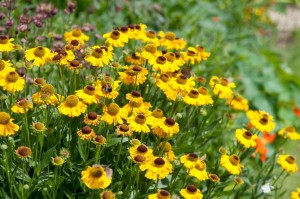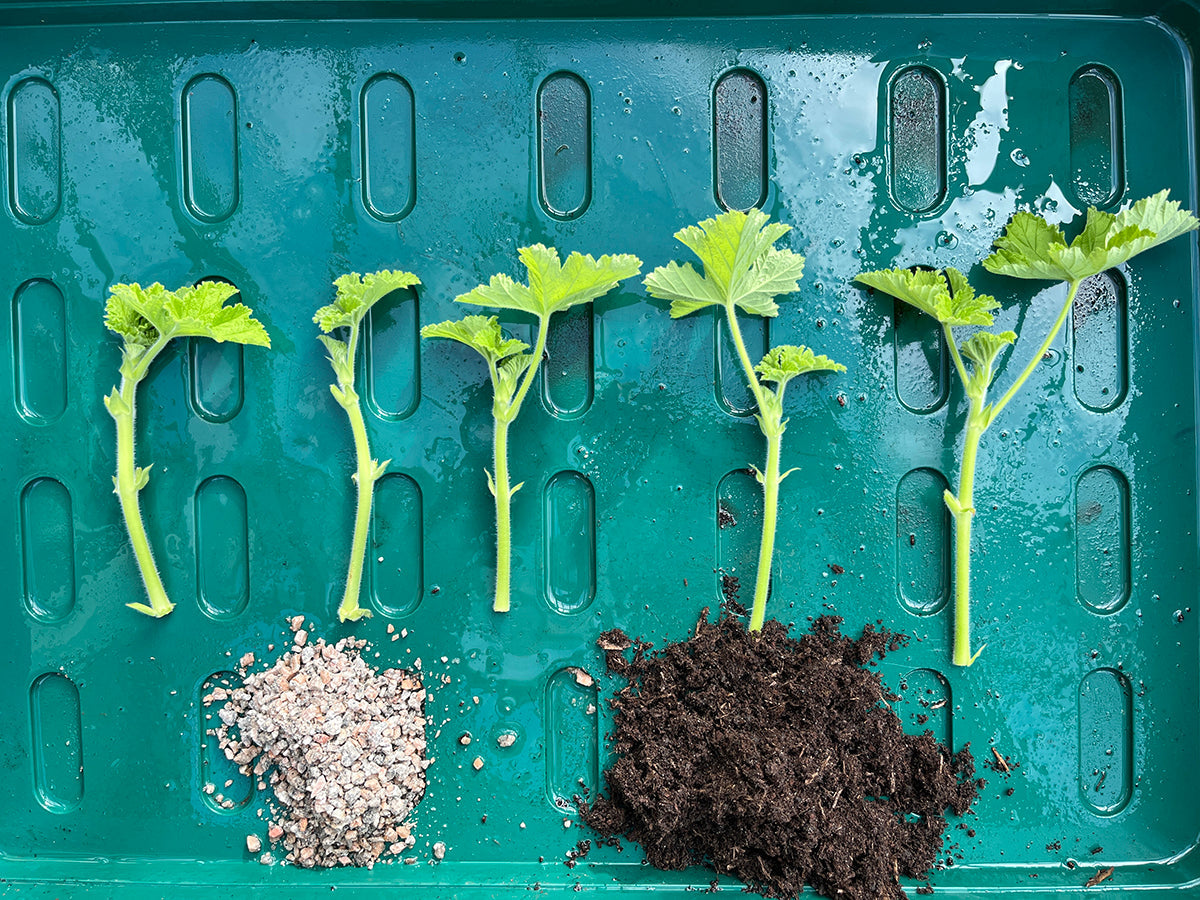Chelsea is here, so give it the chop!

The other thing that gardener’s turn their attention to at this time of year as well, is the “Chelsea chop”. We’ll be out in the garden (probably after coming back from Chelsea) and giving a whole host of the herbaceous perennials a good haircut. Called the Chelsea chop because the “pruning” is done at the end of May and start of June, it’s a technique to keep plants bushy and healthy looking, cutting out the need for staking, and extending the flowering season.
There are two different methods. One is to cut the whole plant back by about 1/3 which delays the flowering season, and could give you a better show in autumn. The other is to cut just some parts of the plant back by 1/3, this gives a staggered and extended flowering period. If the timing of the chop is well judged and the weather good, the result can be many more blooms, and stockier stronger plants. Extra water and feeding gives the chopped specimens an extra boost too if you can give it.
It’s summer and autumn perennials which manage the chop. There are some plants which don’t work well, and others which respond very positively, so it’s important to get that right! It takes between 4 to 8 weeks for “recovery”.
Plants that we have had success with in the Genus garden include:
- Helenium
- Echinacea purpurea
- Solidago
- Aster
- Lysimachia
- Aubretia
- Viola
Perennials which we found to be much more tricky were:
- Sedum
- Campanula
- Some Geranium
Plants that don’t like the chop are those that flower once or have a single flowering stem without side shoots (e.g. irises and Alstroemeria).
Relay flowering comes from managing the single flowering spikes of plants such as foxgloves, lupins and delphiniums. Wait for the first flush of flower to come to an end and then cut back the faded main stems to some low down healthy side buds. This encourages side shoots with more flowers to get away and provide more blooms.
Gardeners love your garden for longer – take the plunge and try the chop!











